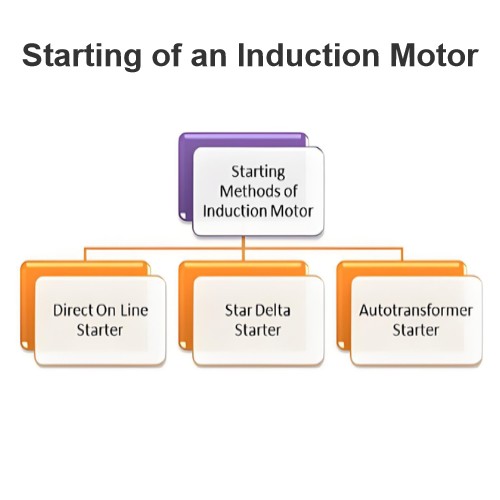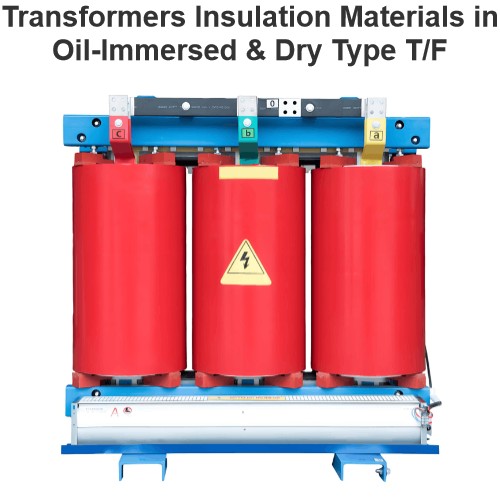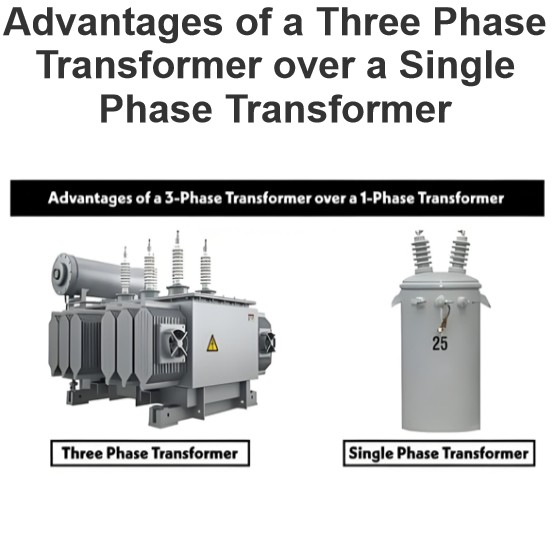What is the Tertiary Winding of Transformer?
What is the Tertiary Winding of Transformer?
Tertiary Winding Definition
The tertiary winding in a transformer is an additional winding besides the primary and secondary windings, creating a three-winding transformer.
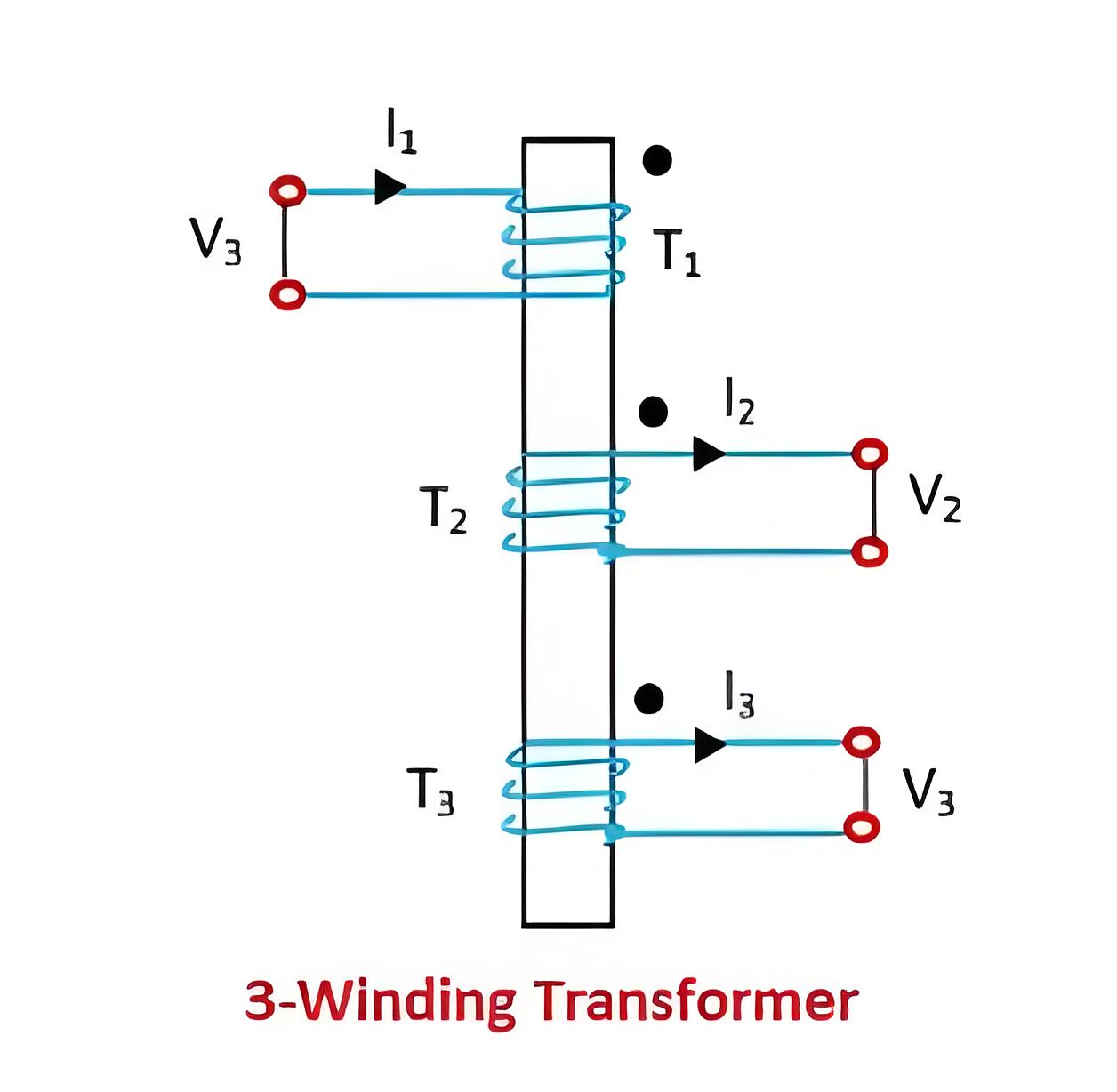
Delta Connection
The tertiary winding’s delta connection helps limit fault current during short circuits.
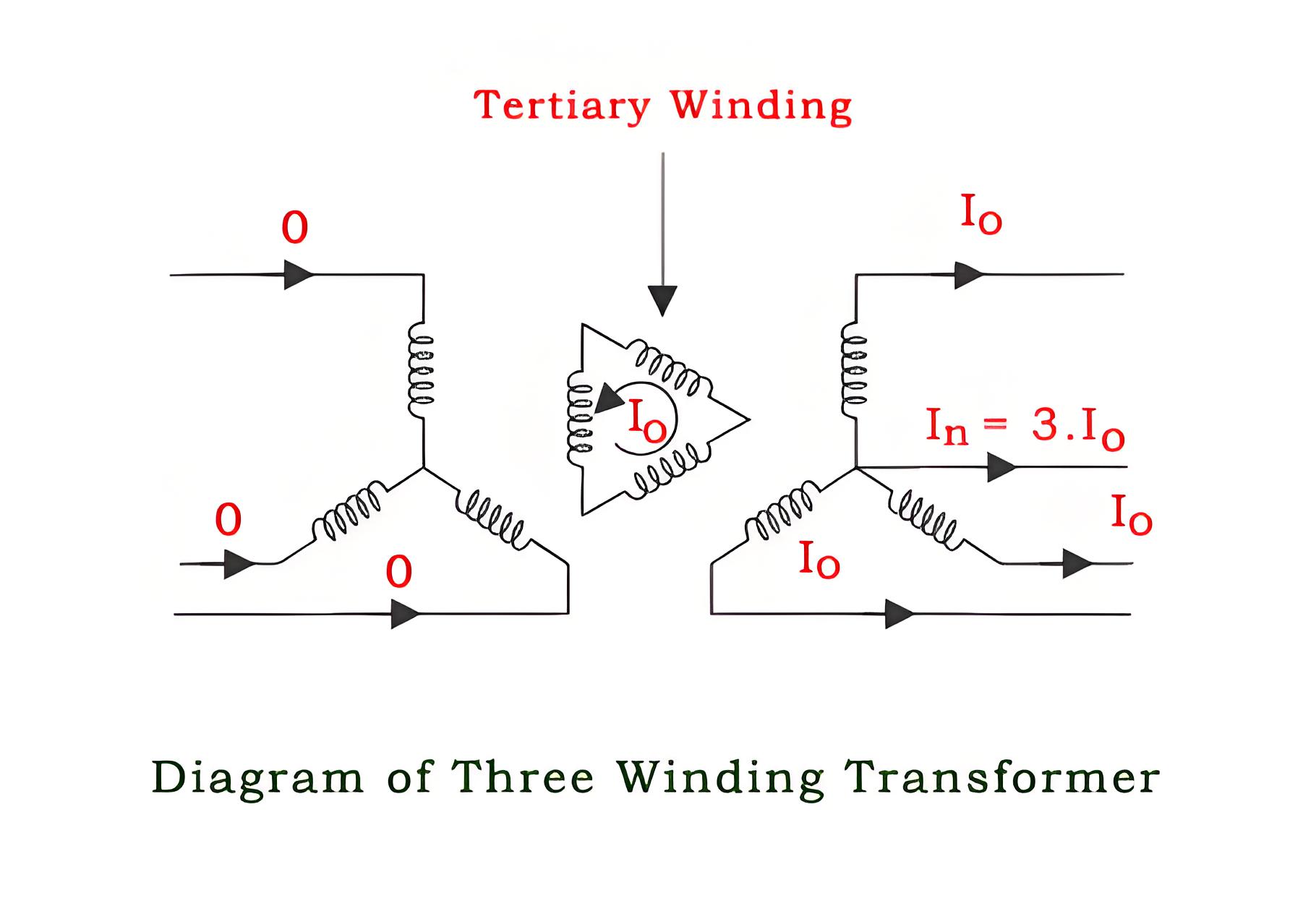
Stabilization Role
In star-star transformers, the tertiary winding stabilizes the system by allowing the circulation of zero-sequence currents.
Rating and Design
The design of the tertiary winding depends on its use, requiring considerations for load capacity or short-duration fault currents.
Advantages of Tertiary Winding
It reduces the unbalancing in the primary due to unbalancing in three phase load.
It redistributes the flow of fault current.
Sometime it is required to supply an auxiliary load in different voltage level in addition to its main secondary load. This secondary load can be taken from tertiary winding of three winding transformer.
As the tertiary winding is connected in delta formation in 3 winding transformer, it assists in limitation of fault current in the event of a short circuit from line to neutral.
The Electricity Encyclopedia is dedicated to accelerating the dissemination and application of electricity knowledge and adding impetus to the development and innovation of the electricity industry.

